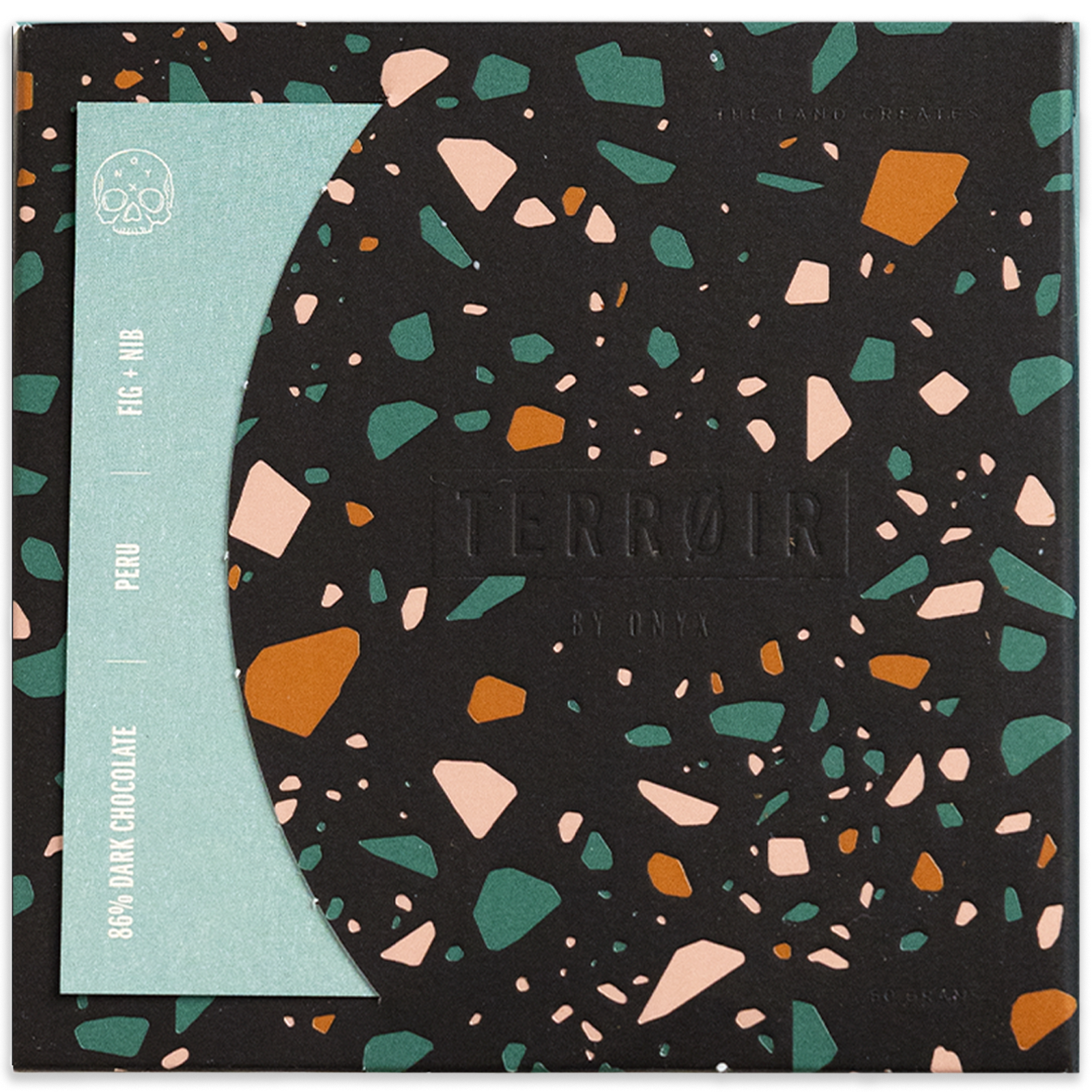Story
86% Peru | Dark
Ucayali River Cacao is operated through a collaboration between three parties with expertise in food production. Before production, the team sought an experienced collaborator for developing cacao production facilities and protocols, and Dan O’Doherty of Cacao Services, Inc. joined the team. Local cacao farmers, with an average of 1-2 hectares of cacao trees – about 2000 trees, have mastered practical and responsible agricultural skills such as grafting, pruning, and disease management. Trees are pruned regularly to allow for efficient harvesting, reduction of fungal disease, and maintenance of tree vigor. Mostly Trinitario clones, with locally selected cultivars and older seedlings of native Peruvian origin. URC works with communities to develop quality standards for wet cacao. Only fresh cacao opened the morning of pick-up is sourced and loaded into fermentation boxes by nightfall.
Cacao collected from the Pucallpa and Tingo Maria areas is fermented separately but is blended after drying and grading to create the balanced profile of Ucayali River Cacao. The fermenting mass of cacao is turned back and forth between two boxes until fermentation is complete. Wet cacao grown in this area has unusually high pulp content, and raw material is pre-condition by draining in mesh sacks for at least 8 hours before loading into boxes. Total duration of fermentation is 6.5 days.
Next, all cacao is sun dried on waist-high drying tables covered with plastic mesh to allow sufficient airflow. High-walled polyethylene tunnels cover all drying structures. Gradual drying is practiced during the first three to four days to allow volatilization of excessive acidity and to allow chemical reactions started in fermentation to continue. After the initial drying period, beans are dried until moisture content reaches 6.5-7%. After fermentation and drying, cacao is sampled from each ID number and is evaluated on internal standards developed by Ucayali River to produce a signature flavor profile. Only cacao that meets that standard is retained, aged, and blended for export grade product.
